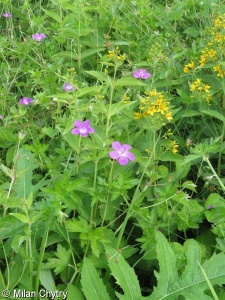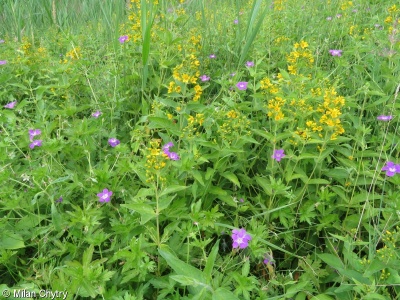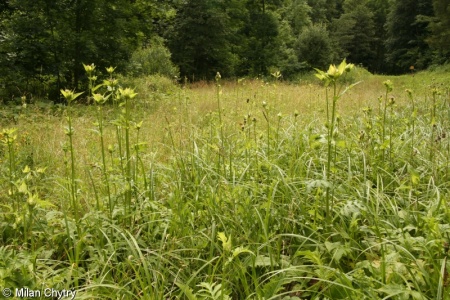R35 Moist or wet mesotrophic to eutrophic hay meadow
Meadows of moist, sometimes seasonally flooded, nutrient-rich soils on floodplains and in brook-valleys throughout the lowland to submontane belts of Europe. Traditionally cut for hay, though sometimes also lightly grazed in late summer and autumn, the vegetation is often species-rich with a diverse associated invertebrate fauna attracted by the abundance of flowers. Often once part of wider agricultural landscapes with associated pastures, good examples of the habitat now often survive more fragmentarily, and transitions to improved silage grassland on flood-protected land are widespread.
Chytrý M., Tichý L., Hennekens S.M., Knollová I., Janssen J.A.M., Rodwell J.S. … Schaminée J.H.J. (2020) EUNIS Habitat Classification: expert system, characteristic species combinations and distribution maps of European habitats. Applied Vegetation Science 23: 648–675. https://doi.org/10.1111/avsc.12519
Version 2025-10-03, https://doi.org/10.5281/zenodo.16895007.
For the official presentation of the EUNIS Habitat Classification from the European Environment Agency, please see: EUNIS Terrestrial Habitat Classification 2021. The FloraVeg.EU presentation may show modifications and partial updates to the habitat classification.
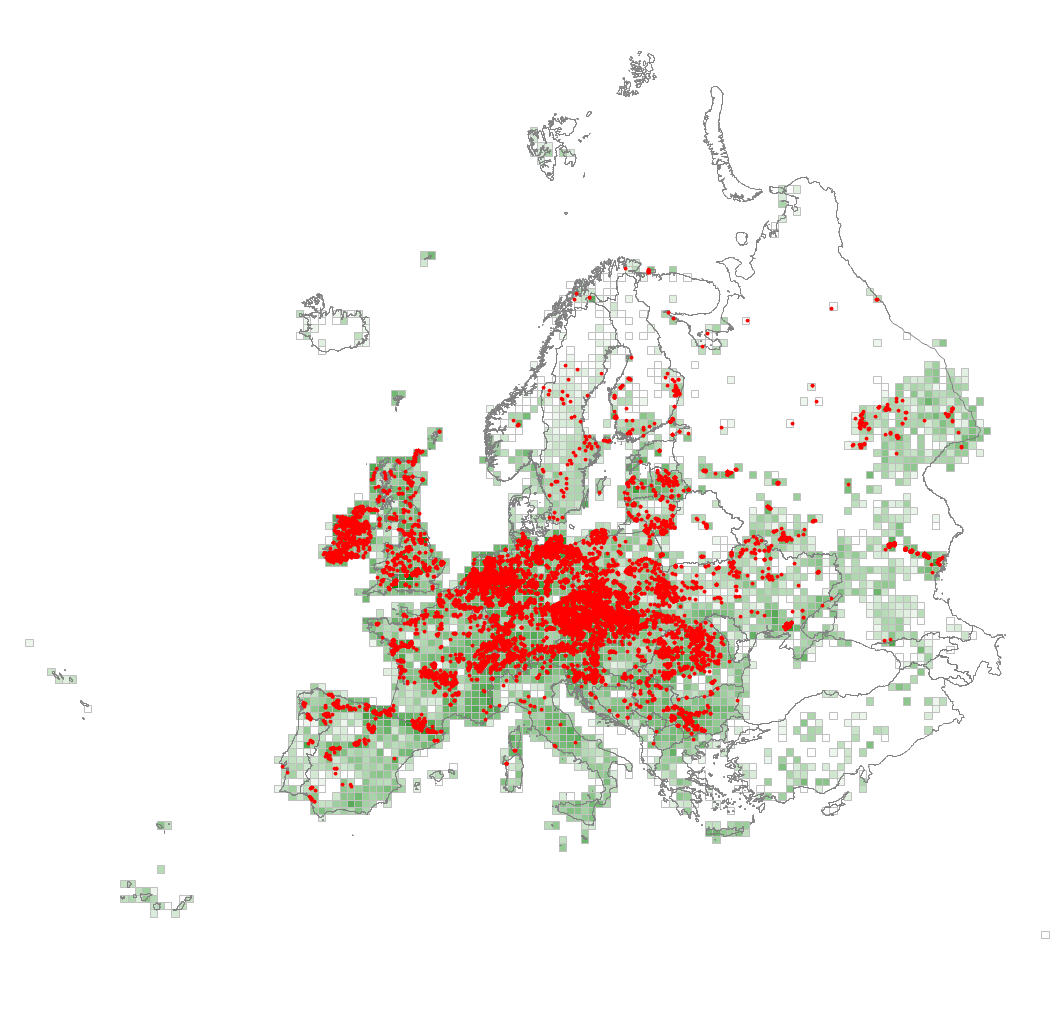
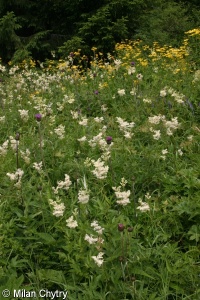
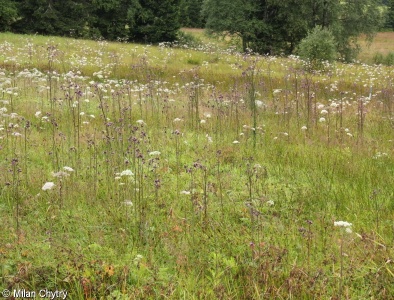

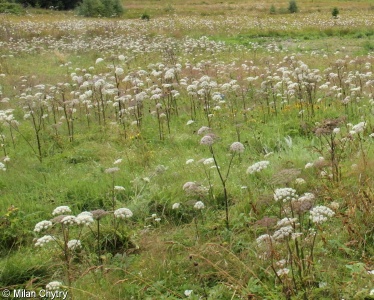
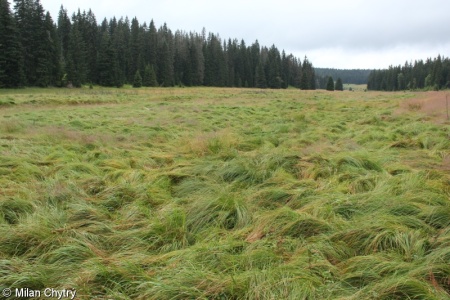
5.jpg)
